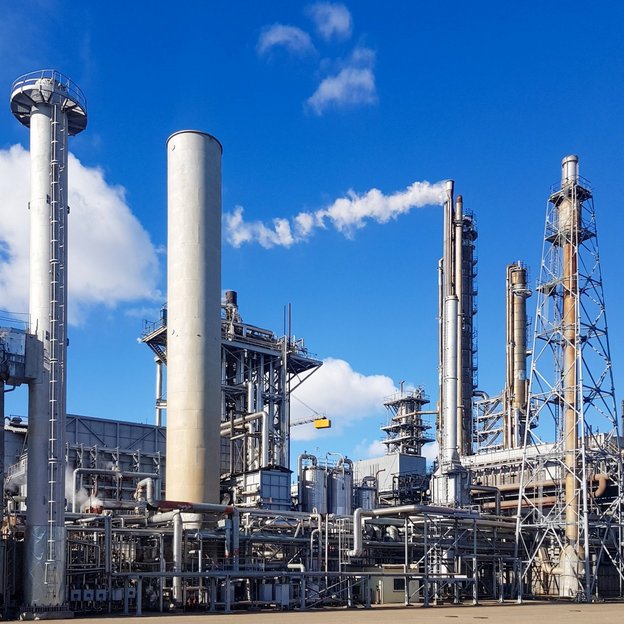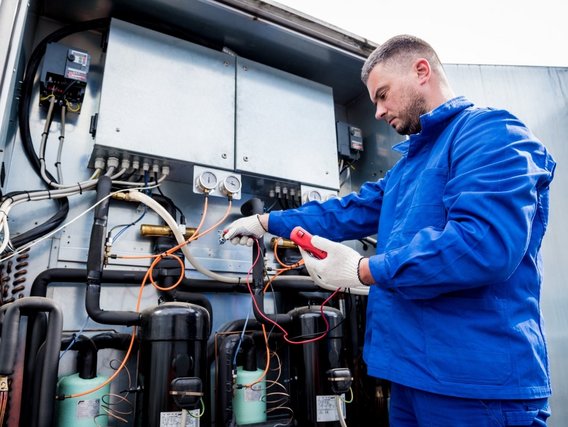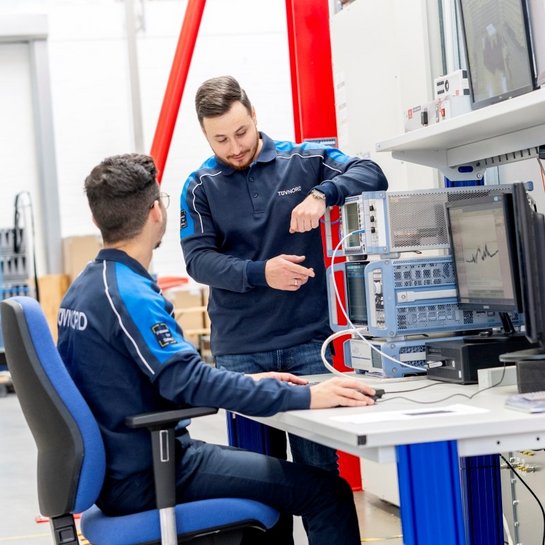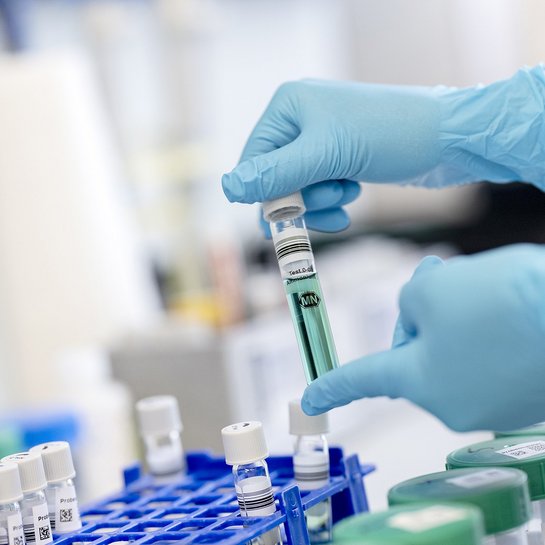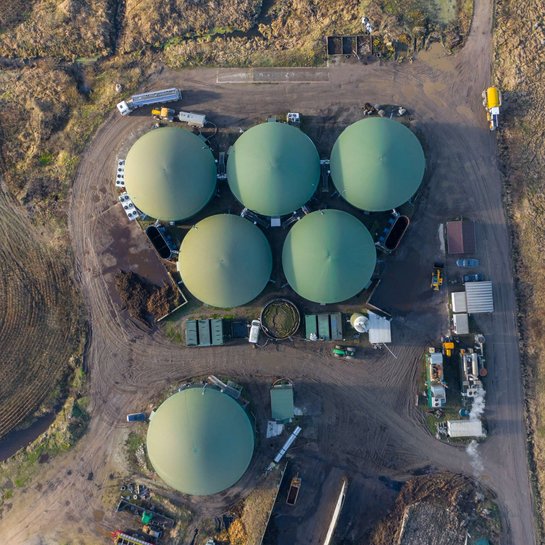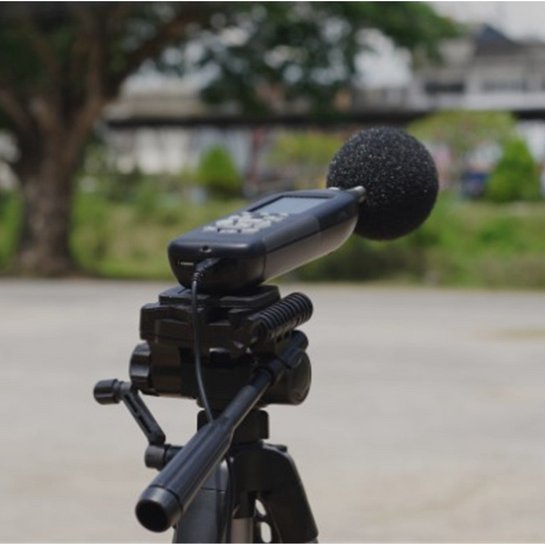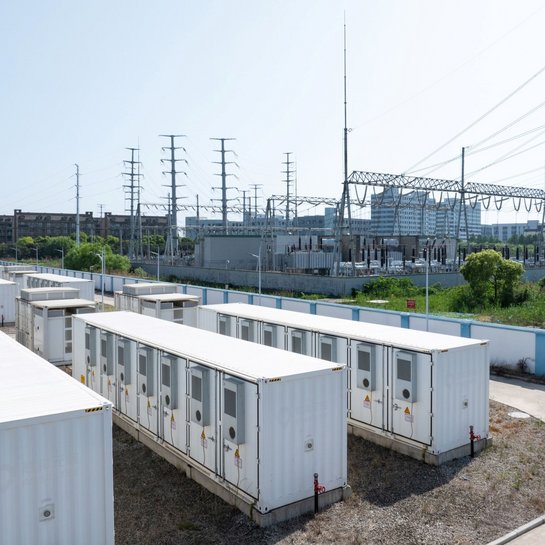According to the Federal Immission Control Act, operators of facilities requiring approval are obligated, as part of their operator duties, to have the type and extent of emissions from their facilities regularly and repeatedly checked by an independent and duly notified measurement station. This regulation applies to a wide range of agricultural and industrial facilities, including various industrial plants, small, decentralized, and large power plants for energy supply, as well as chemical cleaning facilities. Depending on the type of facility, operators must have the pollutant emissions of their facilities determined semi-annually, annually, or every three years to demonstrate compliance with applicable emission limits. This obligation is either stipulated in the approval notice or may be ordered by the competent authorities on a case-by-case basis.
Furthermore, there are specific requirements for small and medium-sized combustion plants, which were previously regulated by the Technical Instructions on Air Quality Control (TA Luft) and did not require approval under the Federal Immission Control Act (BImSchG). These facilities now fall under the scope of the 44th BImSchV and are therefore also subject to regular monitoring.
For operators of such facilities, which include emergency power generators, new registration and measurement obligations arise, along with stricter limit values. These legal changes often require adjustments in operational processes to ensure compliance with legal requirements and to make a positive contribution to environmental protection.
